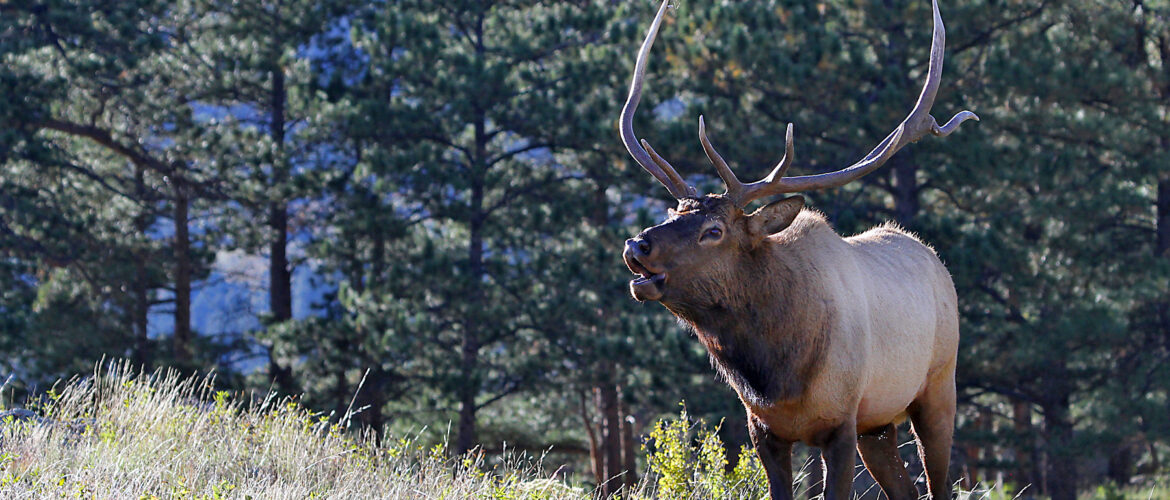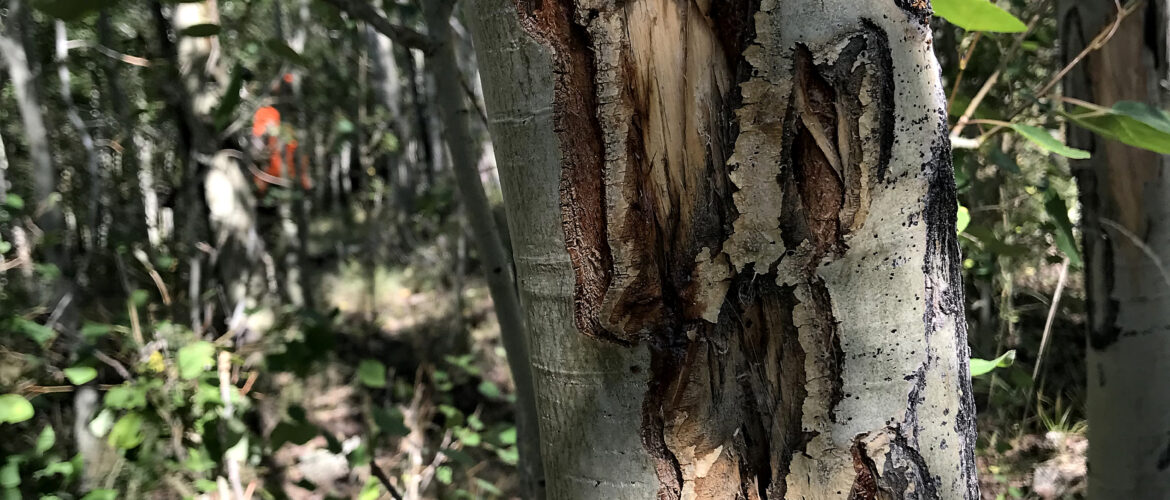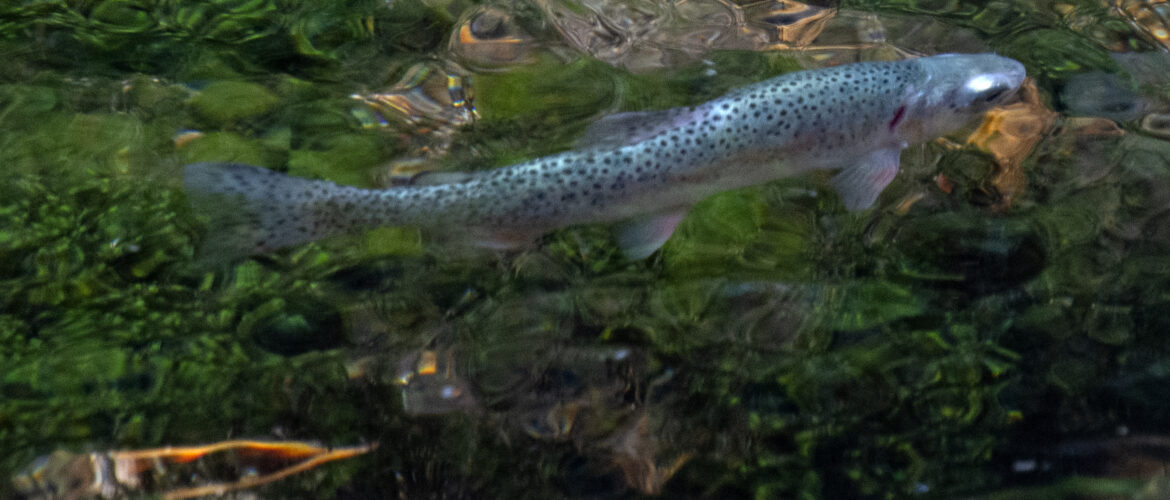
Nestled in remote and urban forests, on grasslands and plains, more than 900 wildlife species call Colorado home. Everything from tiny toads to apex predators are part of what makes this state a unique place to view wildlife. In honor of World Wildlife Day this weekend, we’re celebrating the ways our forests give many of these critters the shelter, nourishment and safety they need to thrive.
World Wildlife Day is an annual celebration on March 3 about the connection between people and our planet’s biodiversity. Around the world, forests cover about 31 percent of the globe and house 80 percent of all terrestrial animals, plants and insects. In Colorado, our wildlife biodiversity is vast. The Bureau of Land Management lists more than 470 species of birds, 130 mammals, 49 reptiles, 18 amphibians and 69 kinds of fish, and don’t forget the invertebrates (we see you, midges, snails and crustaceans).
For most Coloradans, outdoor recreation is an important part of our lifestyles. Residents listed wildlife viewing as one of the top 10 favorite outdoor activities in the state in the 2019 Statewide Comprehensive Outdoor Recreation Plan. Wildlife viewing is also big business. In 2017, residents and tourists spent more than $1.4 billion on wildlife viewing and related trip expenses.
Maintaining healthy forests is critical to keeping both wildlife and wildlife watchers happy. The Colorado State Forest Service frequently partners with state and federal agencies — such as Colorado Parks and Wildlife, the U.S. Forest Service and the Bureau of Land Management — on forest management projects that help conserve and enhance habitat for wildlife around the state. Highlighting shared stewardship and working across land-ownership boundaries helps enhance more forest and watershed habitat.
Our forests offer wildlife many benefits, we’re breaking down three big ones for World Wildlife Day:
Shelter and safety
Forests offer crucial cover as animals move from summer to winter ranges. Forests also make great places to hide from predators and take shelter from weather that’s too hot or too cold.
Trivia: Colorado’s exploding human population is noticeably affecting wildlife migration routes. More people, neighborhoods and commercial buildings are encroaching on areas where natural habitat connects. This connectivity is an important part of a migrating animal’s health. Having safe places to travel is less stressful on animals, which translates into more babies being born and reared successfully. Reforestation and replanting trees in places where forests have succumbed to wildfire or insect and disease helps re-establish forest connectivity. Many of the trees used for these statewide reforestation efforts are grown at the CSFS Nursery in Fort Collins.

Food
A healthy forest includes a variety of tree ages, creating a staggered canopy that lets light hit the forest floor to grow the best forage for elk, deer and other wildlife. Forest management projects that include practices like thinning, prescribed burns and mastication help open up an overgrown forest and allow young trees and shrubs to grow. This gives wildlife a variety of food sources, including grasses and vegetation, fungi, berries and more.
Trivia: Have you seen teeth marks on tree trunks? An ungulate likely did that. In winter, elk, deer and moose feed on aspen bark that’s high in carbohydrates and twigs from trees and willows when their favorite foods are covered under a blanket of snow. During the cold winter, up to half of an elk’s diet can consist of bark and twigs.

Water
Of all Colorado’s wildlife, fish have one of the strongest needs for a healthy forest — it helps create aquatic habitats essential for spawning. A healthy forest readily accepts rainfall, filtering sediment and helping curb soil erosion before it reaches our rivers. Tree roots help stabilize streambanks, and shrubs along riverbanks offer shade and cool water temperatures. Fallen leaves and needles provide food and shelter for aquatic insects, and those insects, in turn, become food for fish. Trees that fall in the water become spawning areas that shelter young fish from predators and strong currents.
Trivia: Colorado has more than 9,000 miles of rivers. In some of those waters, collaborative conservation efforts to restore the greenback cutthroat (Colorado’s state fish) have been going on for decades. A continuing key factor in every plan? Habitat restoration that included stabilizing streambanks and restoring streamside vegetation, like willows, which regulate water temperatures and help cutts thrive. Greenback cutthroat trout, once thought extinct, are now a state success story living in dozens of waters, thanks in part to streamside forest management.

Author:
Amy Bulger, Communications Specialist, Colorado State Forest Service

